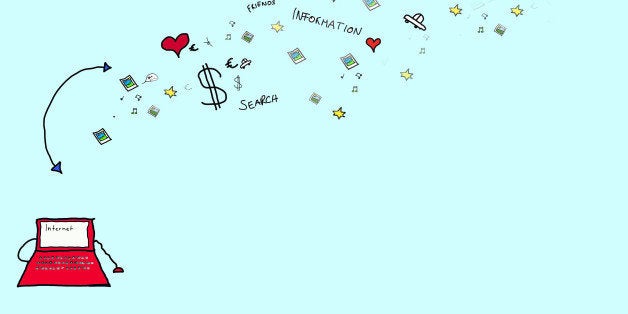
The Internet of Things could provide financial markets traders with real-world knowledge to deepen trading strategies or build brand new ones.
The Internet of Things (IoT) is getting ready to change the world. Connected people, places and things are already communicating data into increasingly sentient industries. But, to date, it has not been clear how the financial services world can take advantage.
Manufacturing, retail and medical industries are already storming in. Retailers are using data from smart phones to decide who to target for tailored on-the-spot offers; doctors or hospitals monitor wearable devices to see when a patient's heart is misbehaving; manufacturers predict when it is time to service a machine, or whether their supply chain is optimized.
But is there a use for IoT in capital markets? I think so. Financial markets are all about information. Trading decisions are based on guesswork, intuition or data -- sometimes all three. Once the IoT digitizes the real world, traders may be able to digest and analyze masses of available data to give them a better feel for their markets.
Today, most trading strategies revolve around data that comes from done deals, like on an exchange, or from government sources; in other words data that is already stale. Just like looking in your rearview mirror is not a good way to drive down the road, using old data is not the best way to predict what is to come.
Innovative traders could implement technology that acts like a giant brain, absorbing and analyzing IoT data to create new, innovative trading strategies and stay ahead of the competition.
Because the IoT is in its youth, no one quite knows what to look for in the fire hose of data. Fast, Big Data flows in from sensors that are connected to Things we don't even know we care about. First movers on the trading floor could find an edge that provides richer, more profitable strategies.
Imagine having a giant brain in the Cloud. That brain is a platform that connects to and analyzes data from the Internet of Things. What if the brain could take in sensor data from tractors in Russian wheat fields and use it to predict next year's wheat crop? Then, what if the brain uses that data along with local economic data and political sentiment to help estimate Russia's wheat exports? Sentiment plus production and efficiency equals a good feel for the market. You would be better informed than your less-brainy compatriots and able to form a more profitable wheat trading strategy.
What if the brain could take in data from ships laden with oil - that tells it where they are going and how much oil is on them? It could then combine that with data from smart roads telling it how many miles drivers are doing compared with last year. It could take rider usage information from Greyhound, to get a feeling for gasoline consumption in public transportation, and compare that with road mileage of passenger cars.
By taking real-time information from IoT sensors, adding in more widely-available information and historical data, plus sentiment for color, you can draw a much more accurate picture of a market. The brain consumes and analyzes all data.
If the brain had monitored U.S. fracking output, either direct from producers or by extrapolation from rail/ship/truck/pipeline transportation of the oil, and analyzed that data in conjunction with global oil supply and demand trends, plus sentiment from OPEC producers -- who were none too pleased that the U.S. was pumping its own oil and displacing OPEC's -- maybe this year's 50 percent drop in oil prices would have been better anticipated.
This is already possible. Oil rigs can send out their individual production figures to their owners; cars and trucks can transmit how many miles they travel; OPEC sentiment can be measured by analyzing Twitter and media reports.
Information is King when it comes to trading and the Internet of Things will provide information we have not even thought of using yet. Worth a try, don't you think?